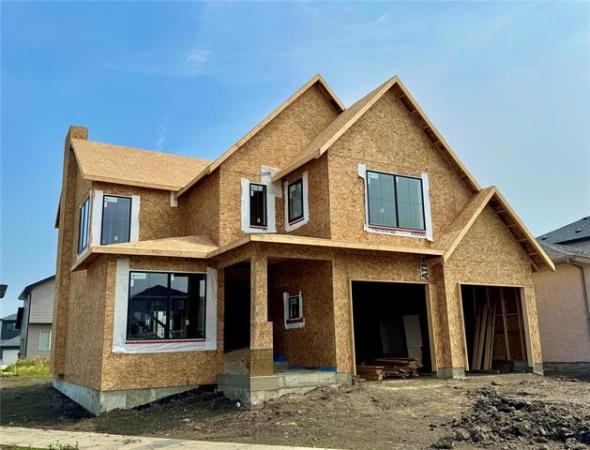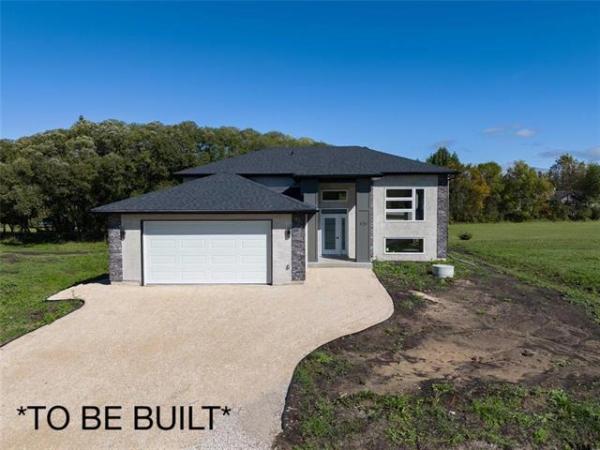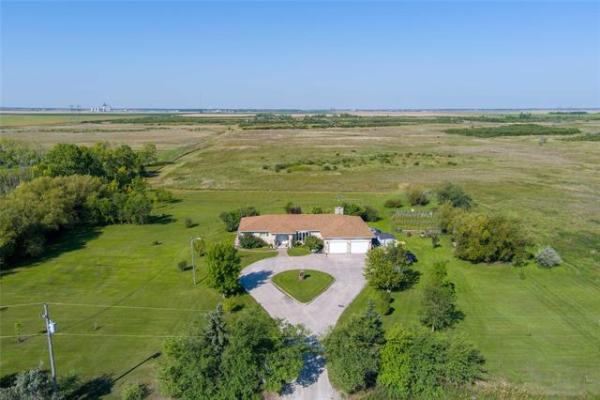The house has a natural gas fireplace on the main floor, a natural gas fireplace in the basement and a natural gas furnace. Any kind of operation requiring air, like the clothes dryer or furnace, seems to suck the air out of the basement and cause the strong smell and the feeling of negative pressure in the basement. We had our heating/cooling company drill a fresh-air intake which has helped with the clothes dryer problem and, to some extent, the furnace, although the basement is now quite cold as a result. More importantly, we are still left with the upstairs fans problem. Whenever I use the kitchen fan I open the kitchen window.
So far we have installed the fresh air intake, as mentioned, in the basement and insulated the pipes in the attic for the bathroom fans.
In your opinion, is the first problem a direct result of not running the bathroom fans? If so, what can we do to resolve this situation?
-- Melene and Don Sechman, e-mail
ANSWER -- The problem of negative air pressure in homes can be a difficult one to identify and correct but introduction of a fresh air intake in the basement, like you have done, is normally the first step. While the exhaust fans in your bathrooms & kitchen may contribute to the effects of low air pressure in your basement, this has little to do with the dripping fans. You have already taken two good steps toward correcting both issues, which are somewhat related, but are not directly responsible for each other.
Negative air pressure in a home is caused when the amount of air leaving the home is significantly more that that entering at the same time. This is a phenomenon often seen in newer homes, due to the energy efficient building practices of the last couple of decades. Older homes generally have minimal insulation and air/vapour barriers in the exterior walls or ceilings and poorly sealed windows. Because of this, sufficient of amounts of fresh air are normally infiltrated into the living space to compensate for that forced out by exhaust fans, dryers, fireplaces, furnaces, etc. This infiltration of cold air will cause furnaces to fire more frequently, driving up heating costs, but will normally equalize the air pressure between the inside and outside of the home. As upgrades are made to the older homes such as newer windows, increased insulation in attics and walls, and high-efficiency, direct-vent furnaces, the building envelope becomes significantly tighter, often leading to a significant reduction of incoming air. That is likely what is occurring in your home.
Bringing in air from the exterior through a fresh air intake is often effective in equalizing the air pressure in the home. This new air source will replace some of the air that used to leak through the older components. Sometimes, the intake duct for this new source of air may not be large enough, to effectively equalize the pressure differential, or may be improperly located. You think that this may be the situation in your home, and you are likely right on target. While this new intake will draw considerable air when needed, it may not come into play until your fans are activated or the dryer turned on. This may be too far away from the problem area and not effective enough to stop the back venting of your fireplaces.
One simple solution that may help address this air imbalance is to run your furnace fan on continuous low speed. That will force the air throughout the entire home, and may help minimize pressure differentials on different levels while helping with the cold basement issues caused by the new fresh air duct. This still may not be completely effective, so another alternative may improve things dramatically and also help with the cold air infiltration into the basement. Installation of a heat recovery ventilator (HRV) will not only bring in fresh air, but also exhaust stale house air, without the associated cold draft in the basement. This unit will also help control high humidity in the home, which may help with your first problem. I think you have the bathroom ceiling fan issue figured out and insulating the ducts may keep the damp, exhausted bathroom air from cooling before it escapes the roof of your house. This first problem is likely caused by melting frost, which normally forms in the uninsulated ducts above the fan housing, due to the rapid cooling of the steamy air from the bathroom. Since this air is so high in moisture content it takes a very slight drop in temperature before it condenses, which can lead to significant frost buildup inside the ducts in the winter. When the weather warms, this frost melts and runs back down inside the home.
Contrary to your theorizing question, running the bathroom fans actually increases the amount of moist air entering the cold ducts in the attic, increasing the likelihood of frost accumulation. You may be leaving the fans on a little long after a shower, but the real issue is the uninsulated ducting combined with the air movement in the home. The good news is that installation of a proper ventilation system, or HRV, will help with both the leaking ducts and the back drafting. The HRV will help control the relative humidity in the home, reducing the need to leave your bathroom exhaust fans on so long, while equalizing the pressure in the home, if it is properly installed and balanced.
Ari Marantz is the owner of Trained Eye Home Inspection Ltd. and the president of the Canadian Association of Home & Property Inspectors - Manitoba (www.cahpi.mb.ca). Questions can be e-mailed or sent to: Ask The Inspector, P. O. Box 69021, #110-2025 Corydon Ave., Winnipeg, MB., R3P 2G9. Ari can be reached at (204) 291-5358 or check out his website at www.trainedeye.ca.
trainedeye@iname.com



